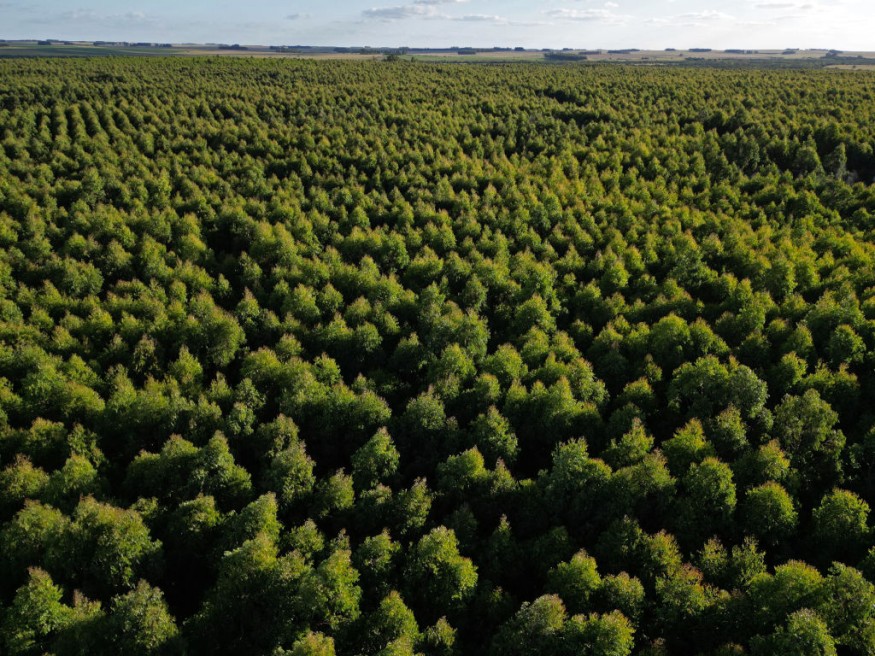
Experts said that an earthquake that struck 350 million years ago had toppled trees, and this later preserved plant fossils in the southern portion of Canada.
They pointed out that these ancient trees could likely be examples of evolutionary experimentation.
Fossilized Tree Unearthed In Quarry
Geologists had discovered the first fossilized tree while excavating a quarry that was located in New Brunswick in 2017. Later on, more fossils of trees have been unearthed by scientists.
In the study, scientists explained that the evolution of arborescence in Devonian plants, followed by their architectural radiation in the Carboniferous, was a transition fundamental to Earth-system processes and ecological development.
However, this evolutionary transition in trees is based on preserved trunks, of which only a few known specimens possess crowns.
The scientists described Mississippian-aged (Tournaisian) trees with a unique three-dimensional crown morphology from New Brunswick, Canada. The trees were preserved by earthquake-induced, catastrophic burial of lake-margin vegetation.
They explained that the tree architecture was consists of an unbranched, 16-cm-diameter trunk with compound leaves arranged in spirals of ∼13 and compressed into ∼14 cm of vertical trunk length.
Further, compound leaves in the upper ∼0.75 m of the trunk measure >1.75 m in length and have been preserved alternately arranged secondary laterals beginning at 0.5 m from the trunk.
Leaf Bases
Scientists said that the area below the trunk bears only persistent leaf bases. The principal specimen lacks either apical or basal sections, although an apex is preserved in another.
They found out that apically, the leaves become less relaxed toward horizontal and are borne straight at an acute angle at the crown.
The compact leaf organization and leaf length created a crown volume of >20-30 m3. This growth strategy likely maximized light interception and reduced resource competition from groundcover.
''From their growth morphology, canopy size, and volume, we propose that these fossils represent the earliest evidence of arborescent subcanopy-tiering,'' the experts said.
Moreover, they said that although systematically unresolved, this specimen shows that Early Carboniferous vegetation was more complex than realized, signaling that it was a time of experimental, possibly transitional and varied, growth architectures.
Experts said that these plants assembled in systematically diverse communities, unlike today.
The growth architectures of several groups are well-established from adpressions, whereas other organization-and-growth habits are reconstructed solely from anatomically preserved, often small and fragmentary, permineralized specimens attributed to trees or shrubs and vines.
The study stressed that the discovery of three-dimensionally preserved Tournaisian trees provides evidence of subcanopy plant heights in the Early Mississippian and evidences a greater variation in both stem-and-leaf architectures earlier than realized.
The plant's exceptional and environmentally atypical preservation resulted from an uncommon set of geological circumstances where earthquake-induced slumping of marginal rift-lake soils transferred whole trees, leaf litters, and sediments to lake depths where they were buried, entombed, and preserved.
Plants greatly diversified during the Devonian period, or hundreds of millions years ago.
The fossils may be an example of an evolutionary experiment done by scientists.
© 2026 NatureWorldNews.com All rights reserved. Do not reproduce without permission.





